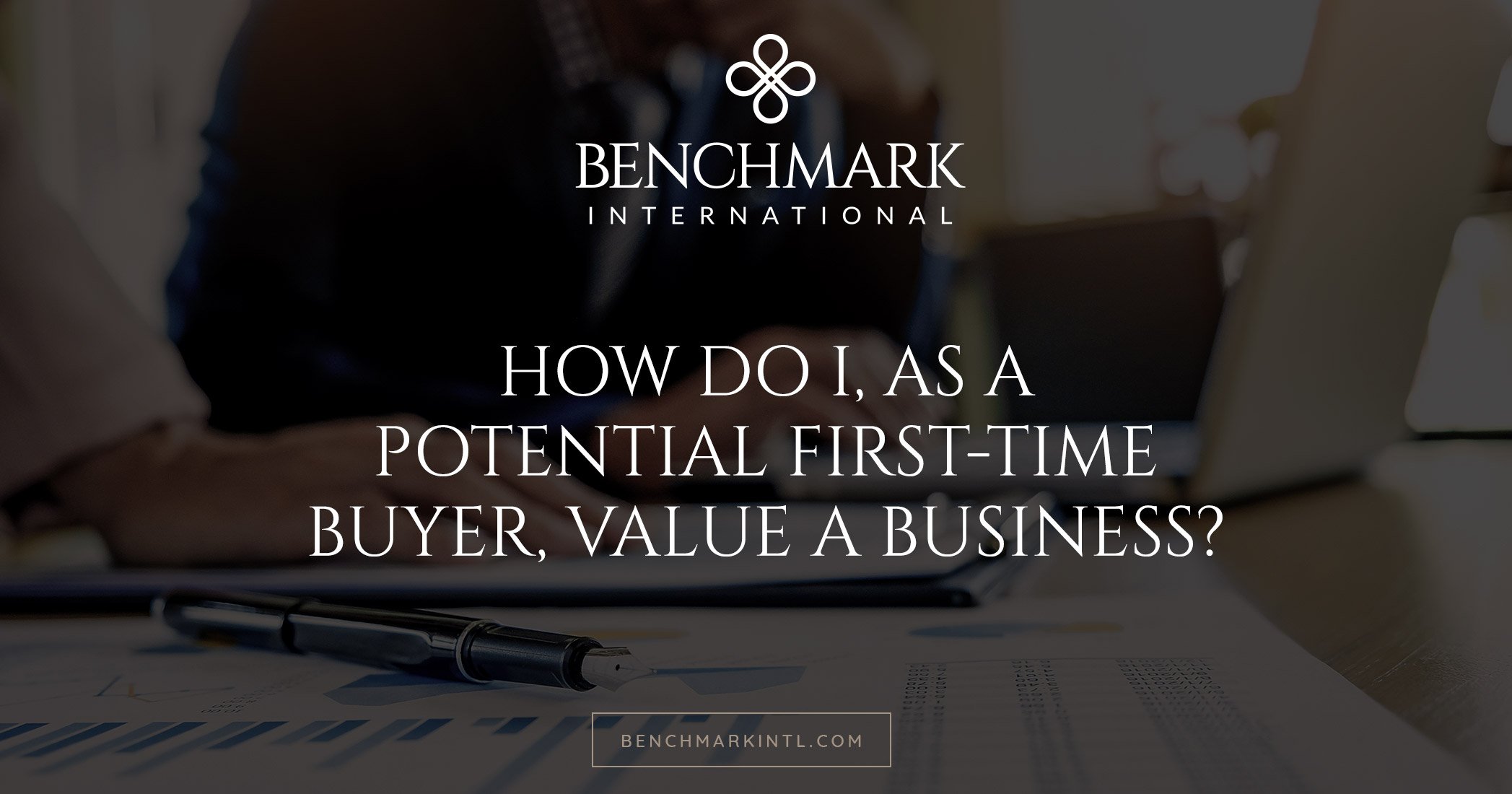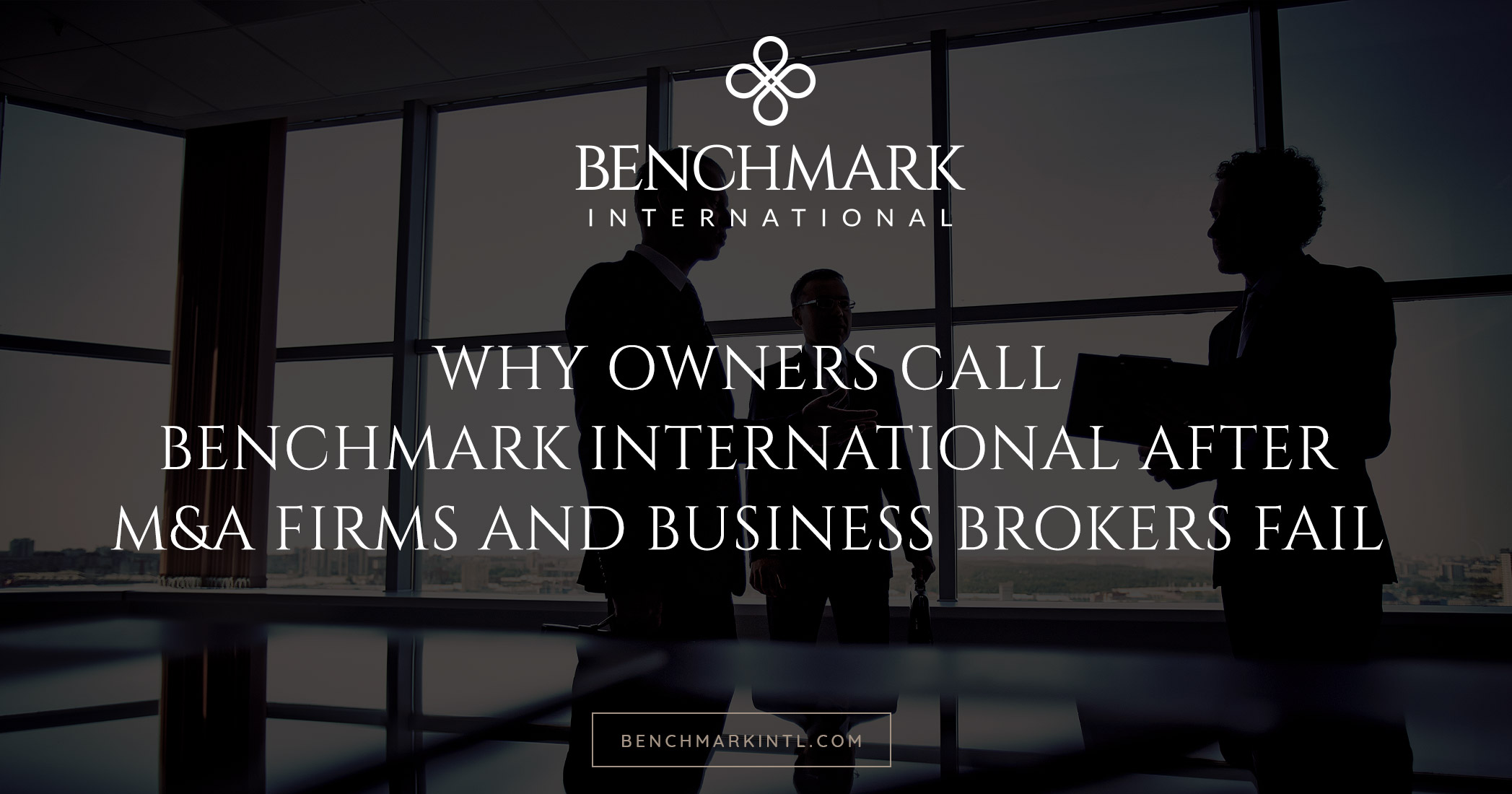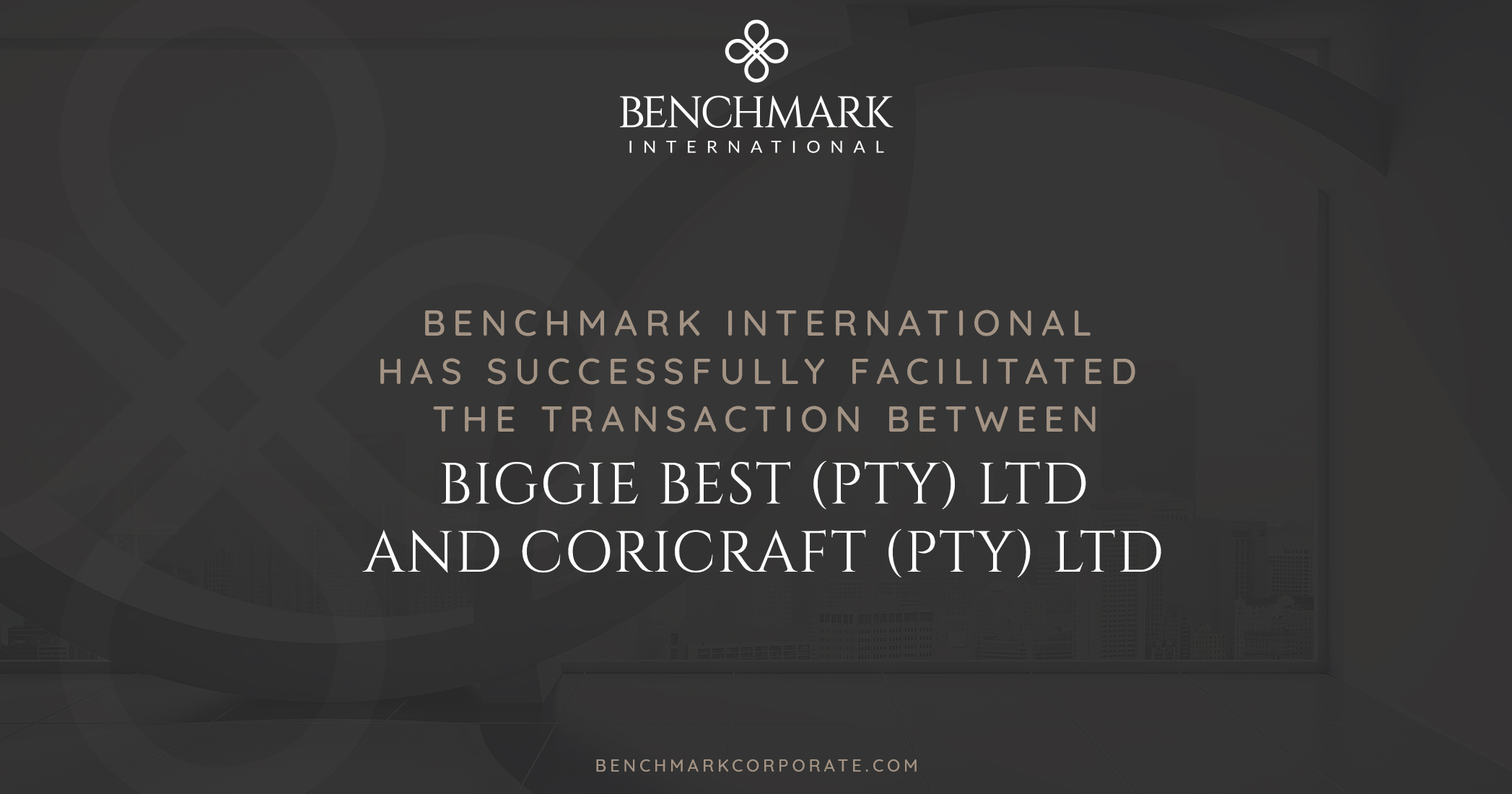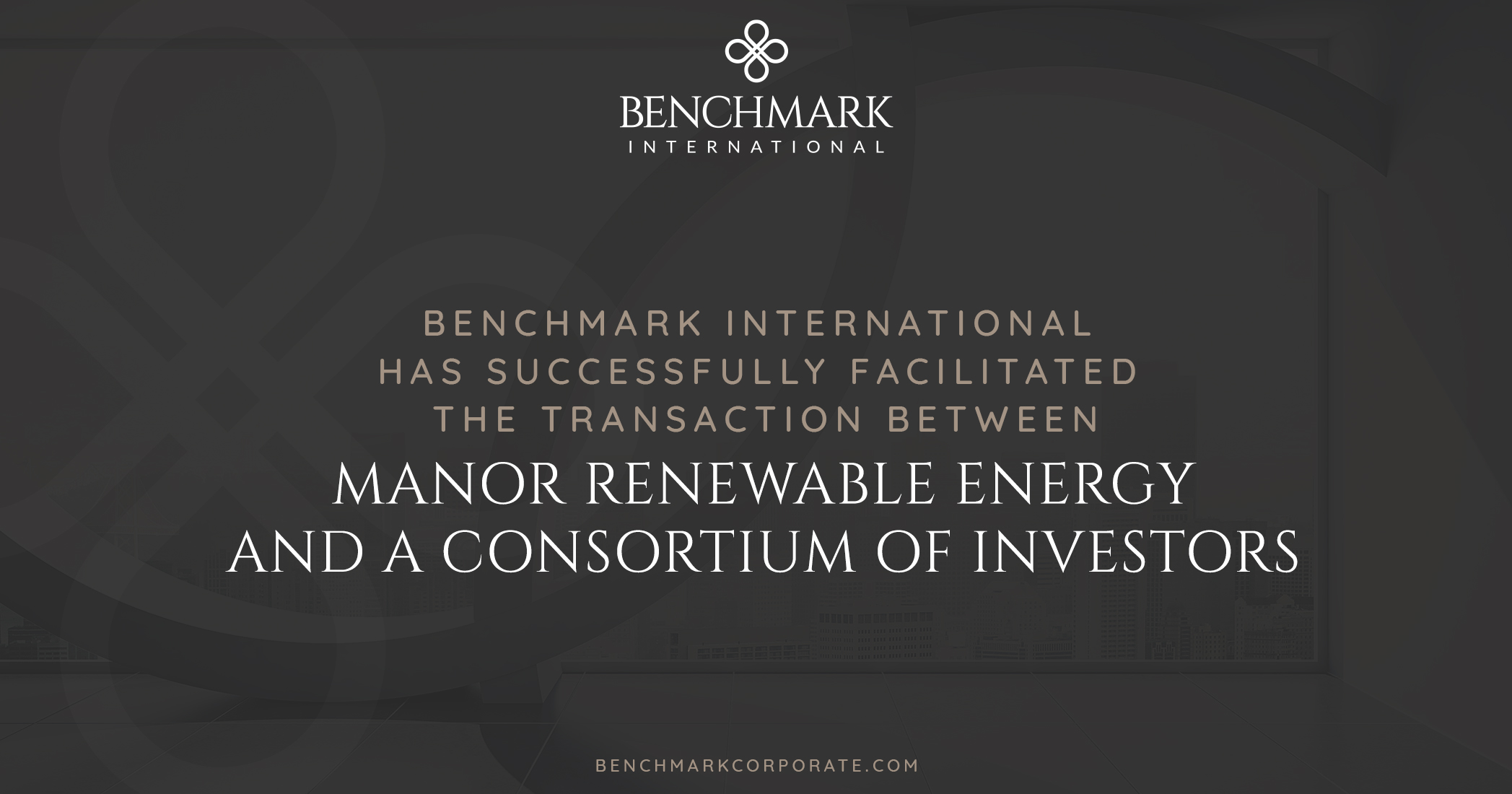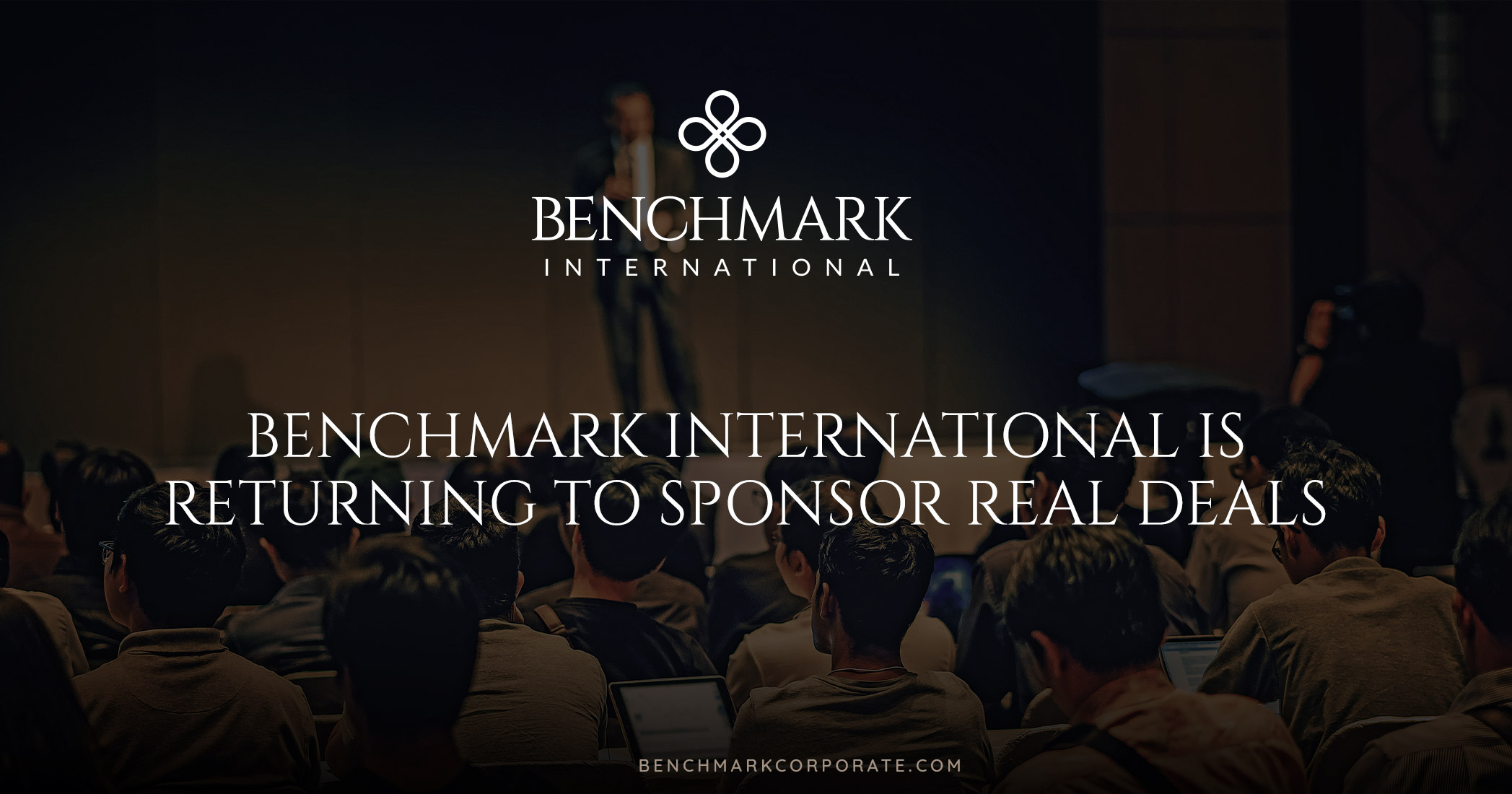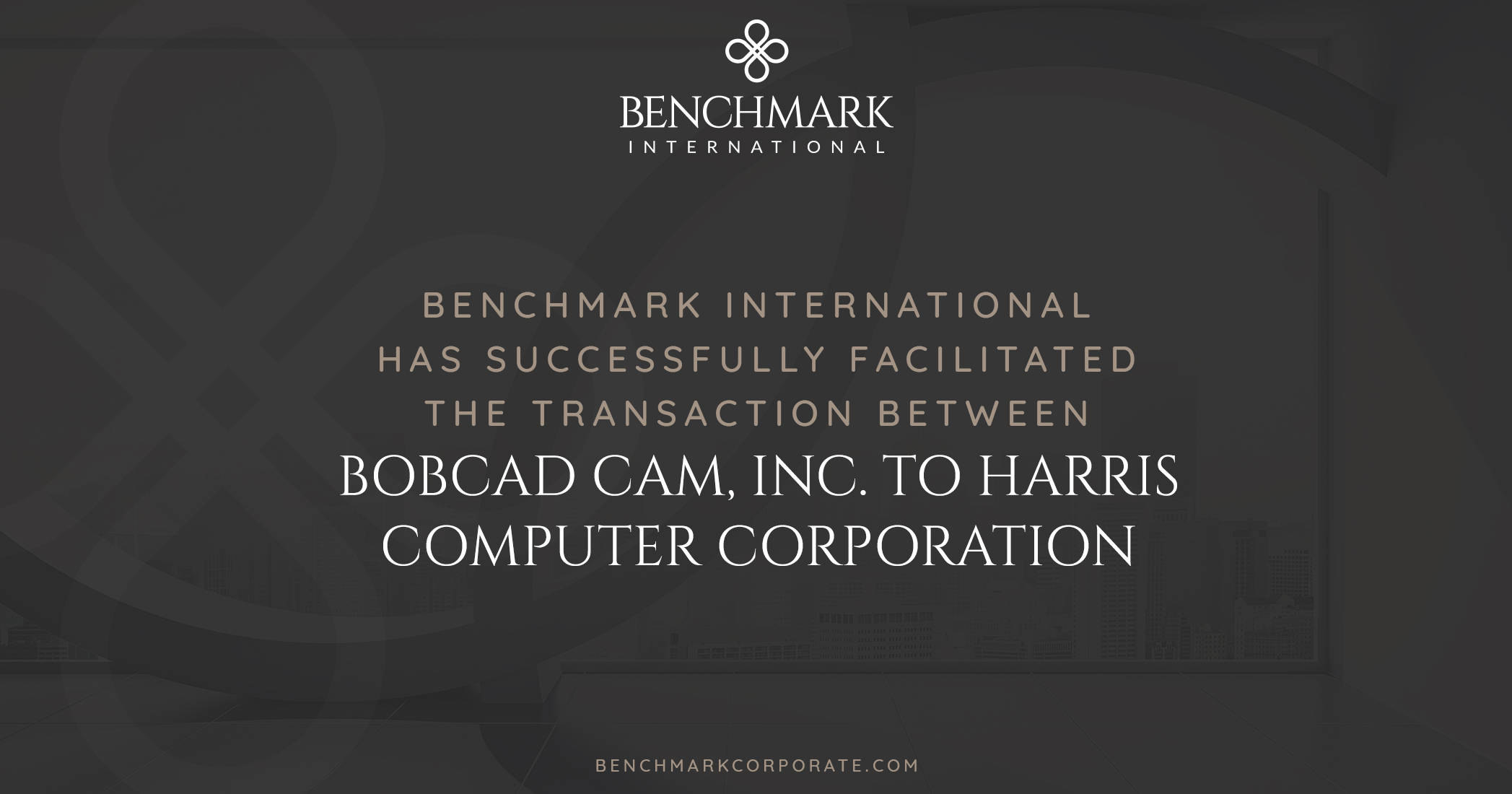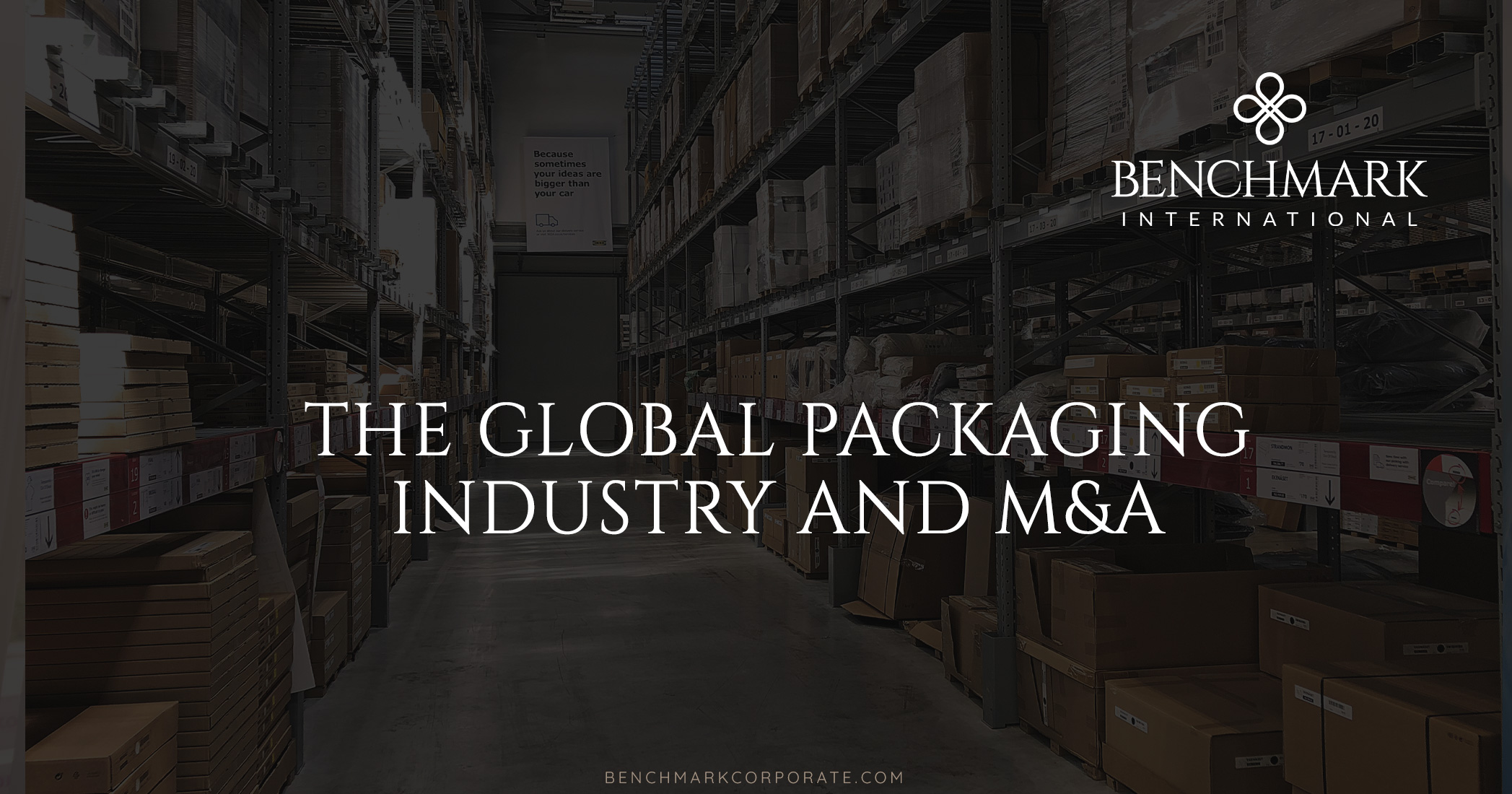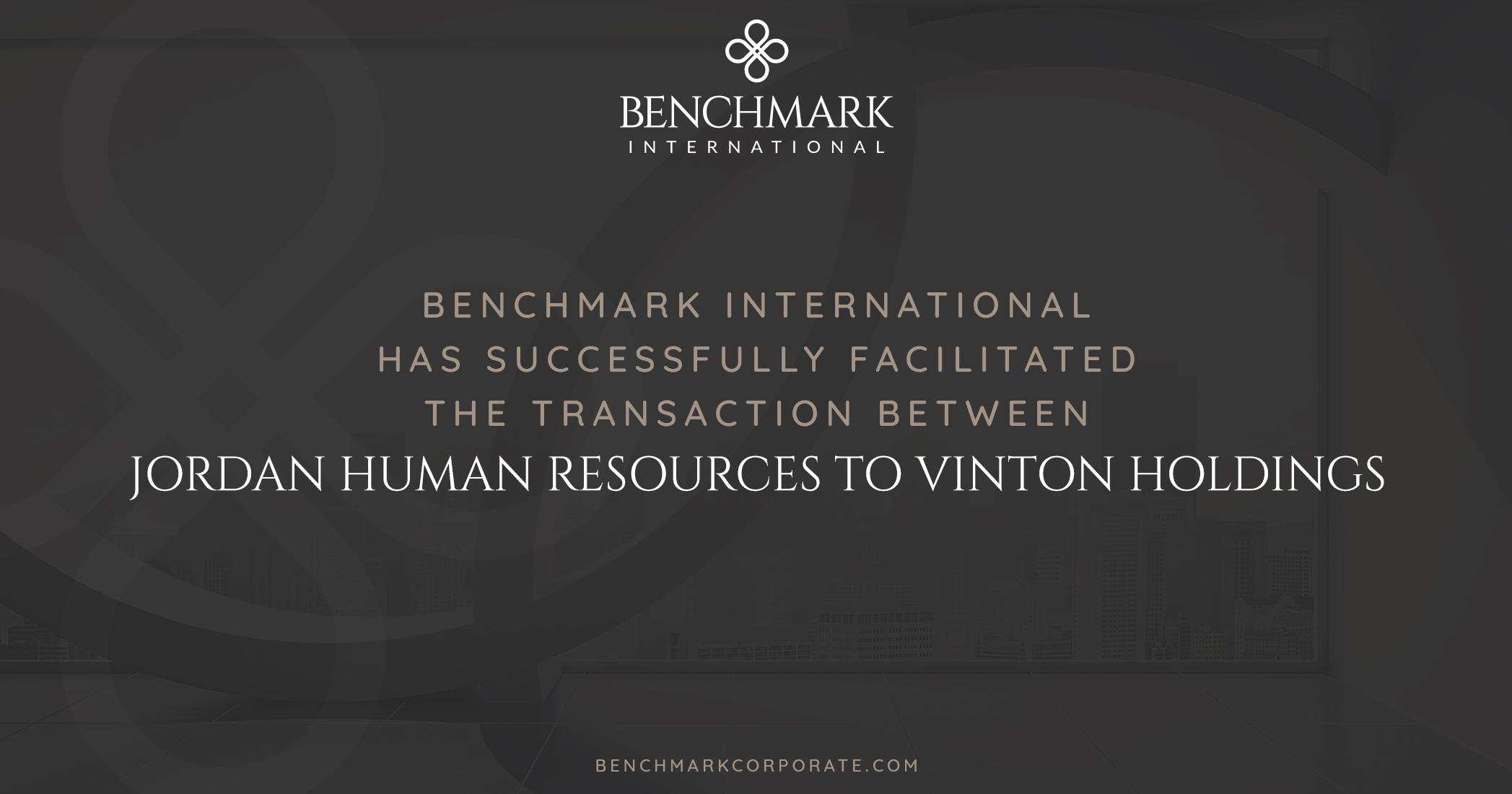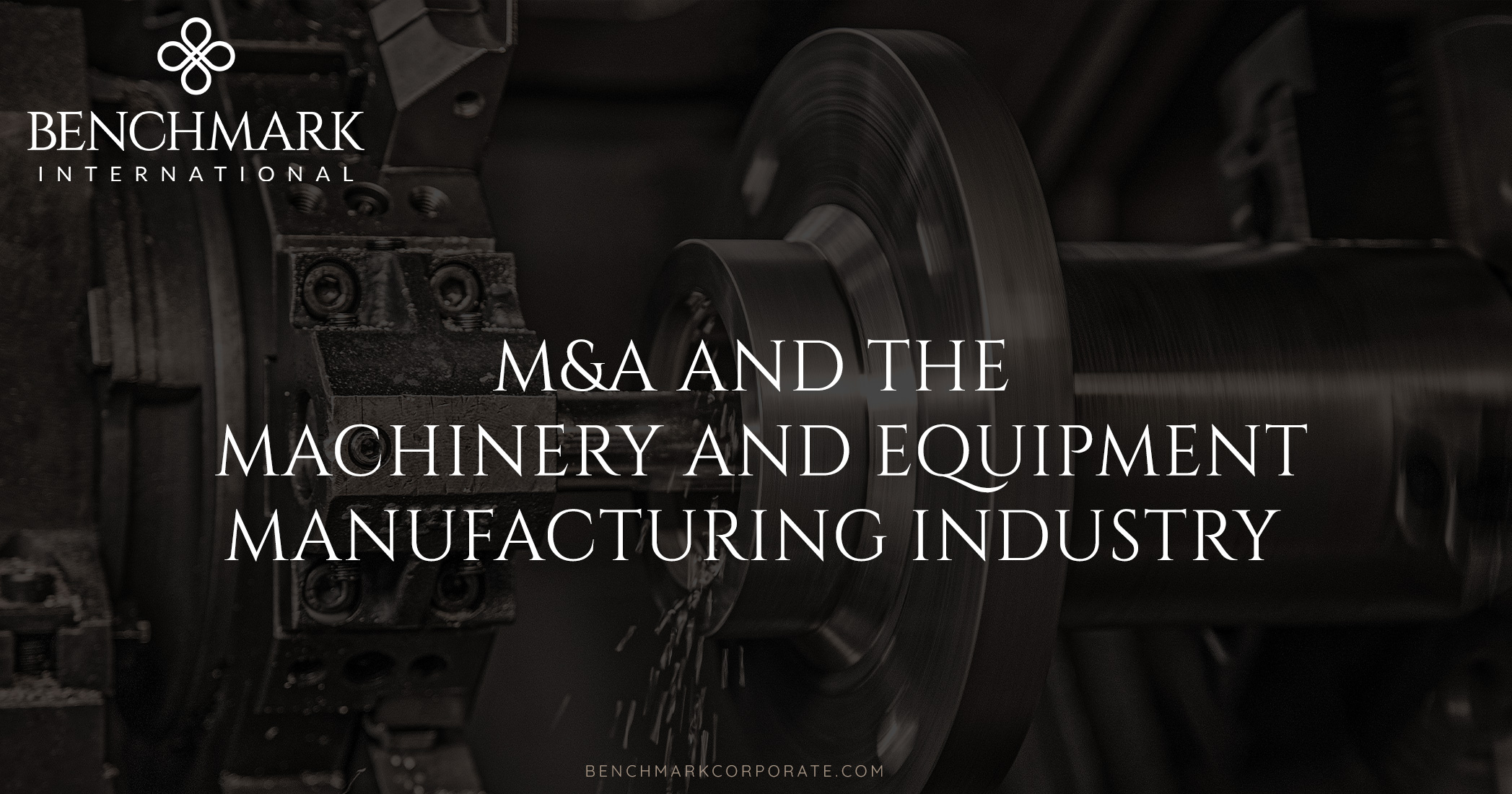Not Knowing the Value of Your Business
As important as it is to know the value of your own business, the reality is that 65 percent of business owners do not know their company worth. Valuation is a crucial step in taking your business to market. Simply put, you cannot negotiate the best selling price for your company if you do not know what it is worth.
Selling at the Wrong Time
Market timing is important to a business acquisition because it can directly affect a company’s value based on competition, demand and economic factors. You do not want to rush to sell, but you also do not want to wait too long. Finding this delicate balance is crucial to maximizing your company value prior to your exit. Professional M&A experts can assist you in properly determining the right time for you to sell your business because they have a strong understanding of the markets and have exclusive access to opportunities that can play into the timing.
Lack of Preparation
The most frequent mistake made by business owners in sale is not properly preparing for it. Before taking a company to market, there are several factors that must be addressed. These include detailed documentation regarding finances and profitability, contracts, personnel, exit planning, and other issues that will affect both value and salability. Proper preparation can take anywhere from months to years, depending on the size and complexity of your business. It is smart to seek the guidance of a professional M&A advisor to help you with these details to ensure that nothing is overlooked.
Misunderstanding Future Cash Flow
As a business owner, it is easy to focus on liquidity as a result of a deal and fail to consider how timing and proceeds will be factored into your retirement plan and how it conforms to your standard of living.
Studies show that 70 percent of business owners do not know what after-tax income they need to support their lifestyle.
You need to have a clear and detailed understanding of your risk and liquidity profile to help you discern if and when you should sell your business. This includes the calculation of your net worth by comparing your financial assets with your financial liabilities, sources of cash flow, and income tax liability.
Not Having an Exit Plan
A staggering 85 percent of business owners have no exit strategy—something that every business owner absolutely should have in place.
Exit planning is extremely important for several reasons. A solid exit plan will help you outline your goals for the future of your business as well as your financial retirement goals. It also helps you determine a timeframe for when you want to sell, can enhance the value of the company, gives you a blueprint for success, and protects you in the event of unforeseen circumstances.
Misrepresentation
Of course you want to portray your company in the best light, but you must be careful to not misrepresent it to prospective buyers. Avoid the urge to inflate numbers, exaggerate projections or try to hide issues. Providing inaccurate information can blow a sale and erode your reputation with other potential buyers, derailing any possibility of a deal. Your honesty and transparency will also earn the trust of investors, increasing the likelihood of a sale.
Breaking Confidentiality
When selling a business, even if only considering it, it is important to carefully handle who knows what—and when. It will not be a good situation if your staff hears about the sale from anyone other than you or your leadership team and they descend into a panic. You also do not want your customers or clients finding out and jumping ship. Another reason to be careful with confidentiality is because it can affect the sale if a buyer feels that you cannot be trusted or that they are getting damaged goods.
Not Addressing the Transition
Selling a business is a major undertaking and it is easy to get so caught up in the details of the sale that you overlook the transition process that will need to happen after the deal is closed. You will need to work with the acquirer to determine if you need to stay on with the company for a short time to help move the transition along smoothly, or if it will be an immediate exit. There are also other factors that will play into the transition, including how it will affect the management team and the staff. It is important to make plans for the transition completely clear to avoid confusion, frustration and fear of the unknown.
Is it Time to Sell?
Enlist the expertise of the M&A advisors at Benchmark International as your partners in achieving the highest standards for the sale of your company. Our team will make sure you avoid pitfalls that you are not even aware may exist, and we are dedicated to arranging the very best deal with your goals and best interests as our top priority every step of the way.
READ MORE >> Benchmark International
Benchmark International  Benchmark International
Benchmark International 





